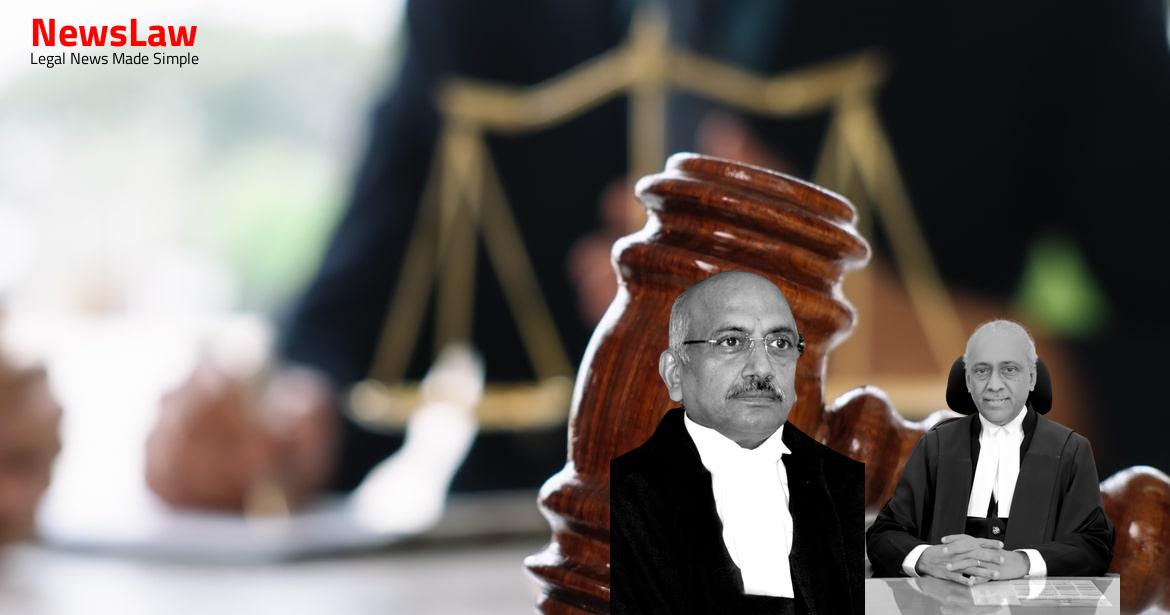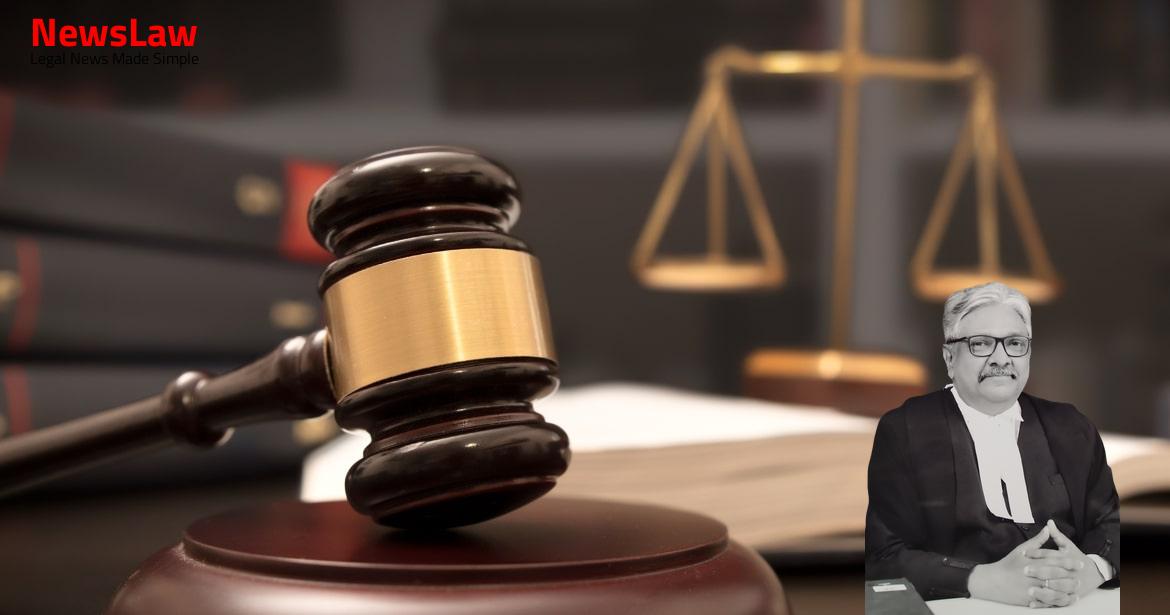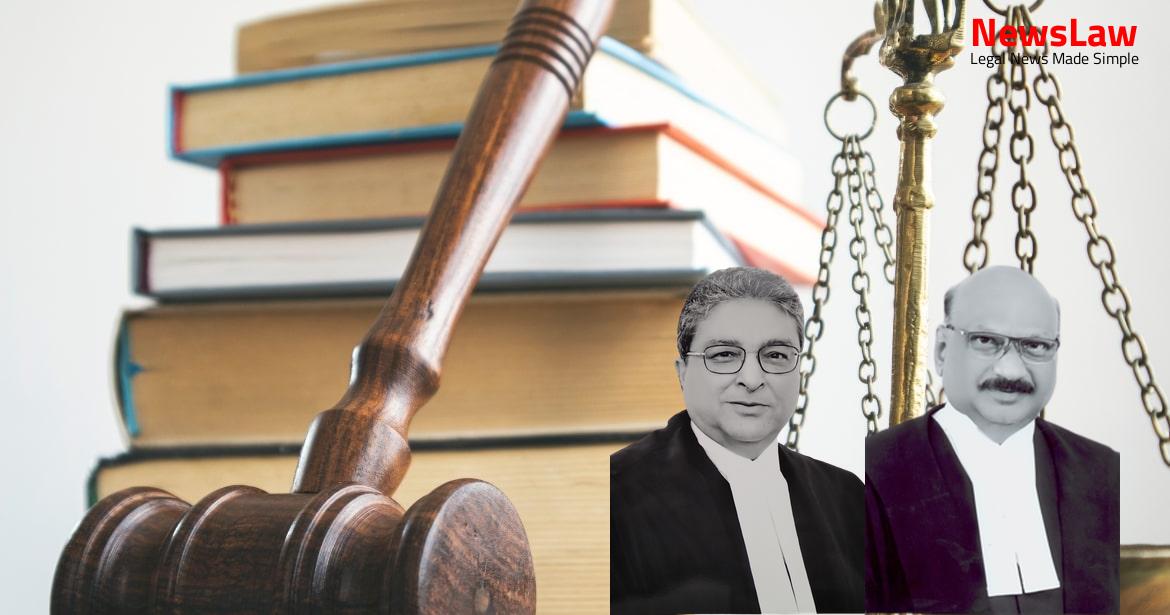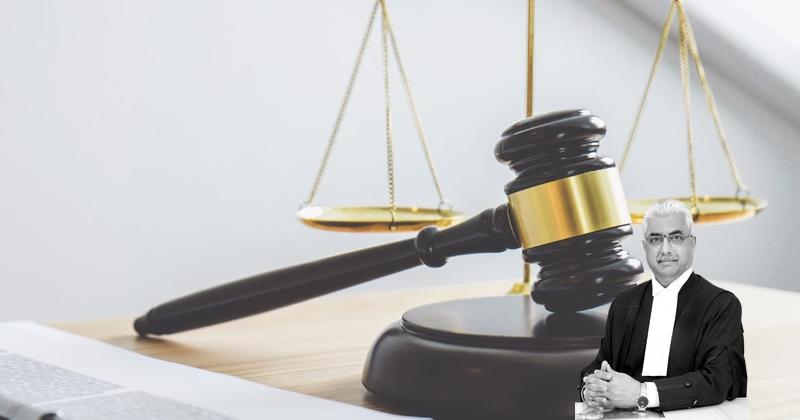Delve into the detailed legal analysis provided by the court regarding the determination of Wakf properties and the jurisdiction of the Wakf Tribunal. The court’s examination of various historical documents, regulations, and legal principles sheds light on the complexities surrounding the status of certain properties as Wakf. Stay tuned for a closer look at the implications of the court’s findings!
Facts
- The judgment discusses the background of Hyderabad State and its administration right before accession and soon after.
- Upon Independence, the rulers of Princely States were given the option to join India or Pakistan.
- The Sovereign issued various Farman and delegated powers before ultimately surrendering on 17.9.1948.
- A Royal Commission was appointed to classify Jagirs and understand their nature.
- Abolition Regulation was enacted, abolishing Jagirs and transferring administration to a Jagir Administrator.
- Military Governor and Chief Minister introduced regulations under the authority of the Sovereign.
- Various Farman and appointments were made to administer the regions.
- The enactment of the Commutation Regulation post the Abolition Regulation is highlighted.
- The Writ Petition challenges the Errata Notification and subsequent actions regarding the Dargah property.
- The order of Nazim Atiyat and its implications on the property rights are discussed in the context of the Commutation sums.
- The role of the Military Governor, Chief Minister, and legislative powers post-surrender are emphasized.
- The High Court clarified that the question of whether a property specified as wakf property in the list of wakfs is indeed wakf property must be determined by the Wakf Tribunal through a suit.
- The High Court confirmed that two Regulations were not challengeable on the grounds of inconsistency with or violation of the Constitution.
- The High Court referenced various historical documents and orders to support its decision regarding the status of certain properties as wakf.
- The Court expressed doubts about the government’s claim of vested rights in certain properties under the Abolition Regulation.
- The High Court emphasized that once a property is treated as wakf, it remains so by presumption and cannot be reversed.
Also Read: Landmark Judgment on Compensation for Fatal Accident
Issue
- Whether the High Court was justified in relegating the parties to the remedy before the Wakf Tribunal?
Also Read: Land Acquisition Compensation Analysis
Arguments
- The petitioner argued that the power of the Wakf Board to issue an Errata notification should not be rendered nugatory just because it was not issued in accordance with specific provisions of the 1995 Act.
- They contended that the disputed factual questions should not be resolved by a Court exercising writ jurisdiction under Article 226 of the Constitution.
- The petitioner also claimed that the property in question was used for religious purposes and therefore should be considered a Wakf property.
- It was argued that the jurisdiction of the Wakf Tribunal should be invoked to determine whether the land in question was Wakf property or not, as stipulated by the 1995 Act.
- The petitioner raised concerns about the legality and validity of the Errata notification issued by the Wakf Board, alleging fraud and forgery.
- Additionally, they argued that the concept of ‘once a Wakf always a Wakf’ may not apply due to the abolition of jagirdars and the transfer of jagir land to the State, including lands dedicated to religious institutions.
- The petitioner highlighted the need for careful examination of various concepts like Jagir, Inam, Mashrut-ul-Khidmat, Crown grant, and others to determine the nature of the property in question.
- They emphasized that even if the principles of natural justice were violated, the jurisdiction of the Wakf Tribunal should not be ousted.
- 428 acres and 3 guntas of land is still lying vacant and should be treated as endowed in terms of Regulation 447.
- Conditional grant for service of Dargah was considered an endowment.
- 1204 acres have been allotted and built upon while 450 acres remain untouched, totaling 836 acres and 23 guntas of Wakf land vacant.
- Argument that formal title must pass to create a permanent dedication is considered misconceived.
- Normal relief for possession contrary to law involves handing over the land to the rightful owner and compensation for utilized land at market value if construction has been carried out.
- Grant of condition of service to a non-religious institution is not seen as an endowment, unlike grants to religious institutions.
- Core issue in dispute involving the character of the land cannot be determined by the writ court, with illegal allotment of 1226 acres and 29 guntas where 818 acres and 9 guntas have been utilized.
Also Read: Judicial Review of Search and Seizure Authorization
Analysis
- The question of whether the grant of Mashrut-ul-Khidmat would continue to be wakf land needs to be examined based on the argument that the grant in Manikonda was for the grantee’s lifetime and was neither heritable nor alienable.
- Validity of the Madras Inam Estates Acts was challenged on the grounds of violating constitutional articles.
- High Court and Supreme Court judgments affirmed the acquisition of estates by the State, including granting usufructuary rights to jagirdars.
- The power of the Wakf Board to investigate and determine the nature and extent of Wakf is not purely administrative but quasi-judicial.
- Mutawalli has no right in wakf property, and the dedication of property as wakf does not require specific dedication to a place of worship.
- High Courts have jurisdiction in Article 226 petitions to try both factual and legal issues.
- Once a property is declared wakf, the ownership transfers to the Almighty, extinguishing the dedicating person’s rights.
- Wakf Boards have the power to determine the nature of wakf properties based on a quasi-judicial process.
- Orders by Wakf Boards are subject to appeal before the Wakf Tribunal, requiring reasoned decisions.
- Unilateral decisions without recording reasons for including a property as wakf are impermissible.
- Various judgments referenced established the legal principles around wakf properties, quasi-judicial functions, and administrative actions.
- The summary includes discussions on statutory authority, judicial functions, validity of acts, legal remedies, and judgments on land grants and wakf properties.
- A Waqf is an unconditional and permanent dedication of property for the benefit of mankind with implied detention in the ownership of God.
- Upon the death of a Jagirdar or Hissedar, their share in the net income devolves according to their personal law, as per Section 6(8).
- Rule 445 of the Rules relating to Endowment specifies regulations regarding the management and administration of Waqf properties.
- Section 69 of the 1954 Act repeals several earlier Acts related to charitable endowments and religious trusts, making them inapplicable to Wakfs under the 1954 Act.
- Sub-section (2) provides for the repeal of any existing laws corresponding to the 1954 Act in a State.
- The 1954 Act supersedes previous laws related to charitable endowments, public buildings, religious endowments, and Wakfs.
- The High Court’s finding is contrary to the judgments in Ramesh Gobindram and Anis Fatima Begum.
- Appellants started paying rent to the State after the abolition of jagirs.
- Appellants claim possession of some part of the land now included in the impugned Errata notification.
Decision
- The appeals have been disposed of.
- The appellants can seek remedy for their grievances before an appropriate forum in accordance with the law.
Case Title: STATE OF A.P. Vs. A.P.STATE WAKF BOARD . (2022 INSC 155)
Case Number: C.A. No.-010770-010770 / 2016



